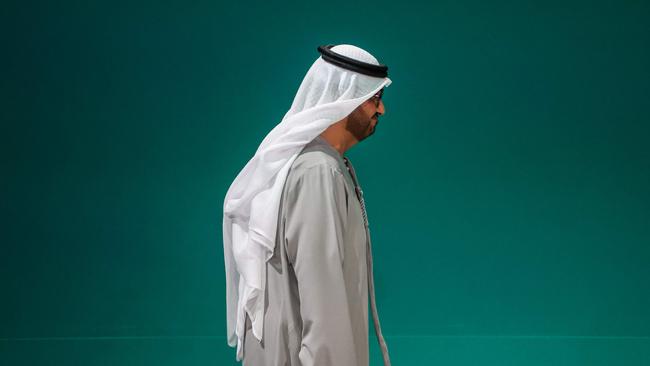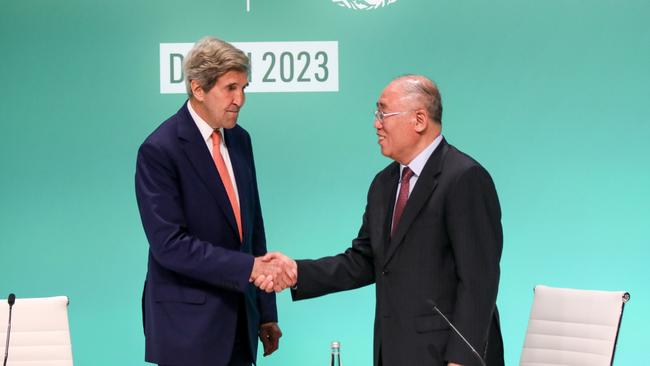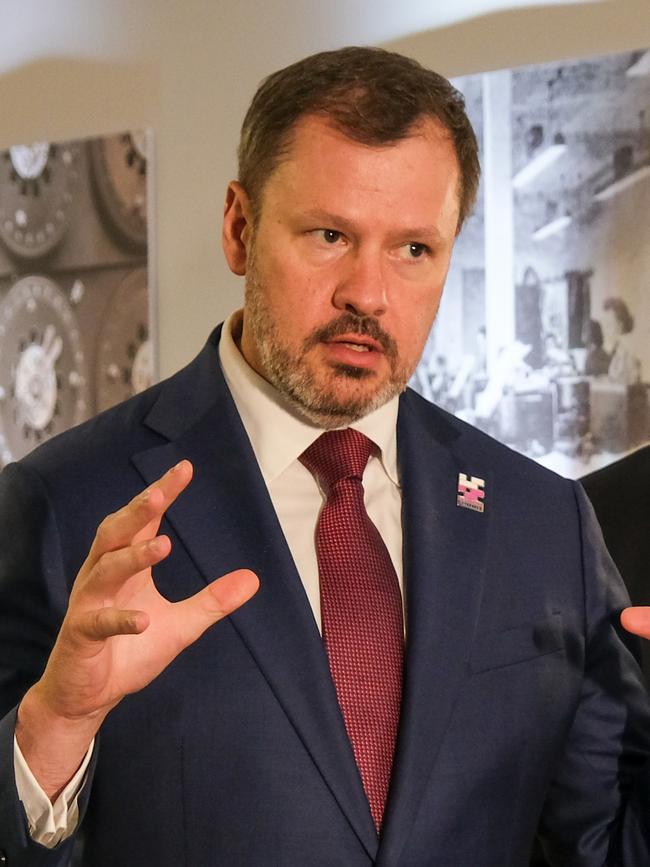
Three years ago when the Clean Energy Regulator (CER) flagged the creation of a national carbon market it backtracked under political pressure from then Climate Minister Angus Taylor who feared a market creating a carbon price.
That battle is gone and now Australia like many is creating a national exchange for government-issued carbon credits.
This week the CER finally confirmed Singapore technology firm Trovio will establish a carbon credit register and work with the ASX on creating a national market.
The fact is there are already several carbon exchanges operating in Australia including an international platform, Carbon Place, for the voluntary carbon market which includes NAB, UBS, BNP, NatWest and Standard Chartered, another called FEX global focusing on futures trading in large generator certificates, and the Xpansiv CBL wholesale trading platform.
Former Chi-X boss Tony Mackay is pushing the carbon market concept, telling a recent conference that McKinsey estimates $US150 trillion will need to be spent on Capex to back projects to decarbonise (that’s mainly stopping the use of fossil fuels for energy and replacing them with renewable and green energy) and climate abatement (large-scale activity to take carbon out of the atmosphere – trees and forests, coastal and waterways, and as-yet uncommercialised carbon capture technology).

All this exchange competition is positive because it is helping to bridge the gap to meet suppliers, ironically in contrast to the cash equities market where the ASX is a monopoly clearer and market operator.
The Chicago-based Cboe-owned Chi-X bid for the CER carbon market but was beaten by the ASX. The CER mandated an Australian market licence for its nomination, with the ability to serve retail clients, which effectively closed the gates to everyone but the ASX.
Inevitably there will mass consolidation of carbon markets as happened earlier this century when the ASX acquired the Sydney Futures Exchange.
Here was an example of market competition boosting the capital creation and no surprise to see former SFE boss Les Hosking as an adviser to FEX and the Australian Exchange Group.
The plethora of market operators searching for an edge in the carbon market is just one more example of how private enterprise is streets ahead of governments in the carbon trade.
The battle under way comes against a backdrop in which the latest UN talks showed continued albeit patchy political momentum for emission reduction.
The UN climate talks serve multiple purposes including a forum to showcase technology, a climate trade fair, and importantly to create political lines in the sand, which in Australia’s case will test the credibility of all parties ahead of the next election.
This is not to negate the UN efforts because the annual jamboree, which is likely heading to Australia in 2026, serves as a catalyst for business while also directing governments to a political line in the sand.
The Cop28 stocktake in Dubai said that to reach the 1.5 degree target from 2019 levels in 2030 the world needs to cut emissions by 43 per cent by 2030 and 60 per cent by 2035.
Australia frames its commitments compared to 2005 temperatures and on some estimates will need to cut emissions by 67 per cent from 2005 levels to meet the 2035 target.
Climate Minister Chris Bowen is working on six sectoral plans for different industries to help map targets, which together with next year’s Climate Change Authority advice, will form the government’s election commitment for 2025.
Crucially, the Greens and The coalition will also have to come up with their own credible targets.
The naysayers missed the achievement of the Cop28 summit, with 198 countries agreeing from the first time in 28 years to transition away from fossil fuels – not bad when you consider the meeting was in Dubai, the capital of a Petrostate.
Yes the wording was weak but the momentum was there for all to see in a meeting that had mixed results for Australia.
The big hope was international agreement on article 6 which governs international carbon markets, but the meeting failed to agree to common transparency reporting and credit entitlement.
Carbon Growth Partners’ Rich Gilmore was still pleased at the global support for the voluntary carbon market. He noted in an interview that “this is the first time such an explicit, co-ordinated declaration of support has been made from the highest levels of global policy leadership”.
Gilmore singled out steps to establish an end-to-end integrity framework that provides consistent guidance on decarbonisation including the use of offsets for residual emissions.
Also the six major carbon crediting standards – Verra, Gold Standard, Climate Action Reserve, ACR at Winrock International, ARTrees and Global Carbon Council – announced they will collaborate to establish consistent standards on quantification, verification, permanence and to put these forward in a consistent way for endorsement.
Separately, the US Commodity Futures Trading Commission released its Proposed Guidance on Voluntary Carbon Markets, which commission chair Rostin Behnam said was essential to helping the VCM achieve its necessary scale, through greater oversight and financial innovation.
Watch and wait
Industry Minister Ed Husic’s promised end-of-year response on artificial intelligence regulation is now timed for January, with the government happy to watch overseas developments before responding.

The danger in regulating AI is it tends to lock in existing players who naturally enough support “some guard rails”.
AI can be a force for good and the key in Australia is to use existing safeguards such as strong copyright laws and other enforcement tools before racing in new rules.
January’s response from Husic won’t be the final decision just a statement on directions.
Magnificent Seven
After falling 40 per cent in 2022 and losing $US4.7 trillion in value the “Magnificent Seven” tech stocks in the US S&P 500 index, which account for 30 per cent of the index’s value, have powered through this year gaining 75 per cent.
AI hype has powered the likes of Microsoft, Apple, Google (Alphabet), Amazon, Nvidia, Tesla and Meta, with Microsoft up 55 per cent and Apple 52 per cent, with the latter valued at $US3 trillion compared to all listed Australian stocks value at $2.5 trillion.
The Australian index in total return terms including dividends is up 10 per cent this year and with interest rate cuts tipped in the second half of next year it forecast to post similar gains for 2024.
The Australian index is dominated by decidedly old economy stocks with the big four banks and three iron ore companies accounting for 32 per cent of value.
The latest John Connolly & Partners survey shows Atlassian has entered the top 10, based on market value, for the first time coming in at number five behind BHP, CBA, CSL and NAB.
Back in 2011 Telstra was a top six stock but for the most part it’s the big banks, iron ore miners, CSL, Macquarie and Wesfarmers leading the market.
This year’s top five gainers among the ASX 200 index were Goodman (up 39 per cent), Fortescue (35.5 per cent), Aristocrat (34.3 per cent), Wesfarmers (19.3 per cent) and Rio (14.5 per cent).
The Australian bourse was a laggard globally with total return of 9.5 per cent against the US at 25.5 per cent, Japan at 25.5 per cent and Europe 22 per cent.




A battle of carbon exchanges looms amid the search to match plentiful capital with the right projects to meet carbon reduction targets.